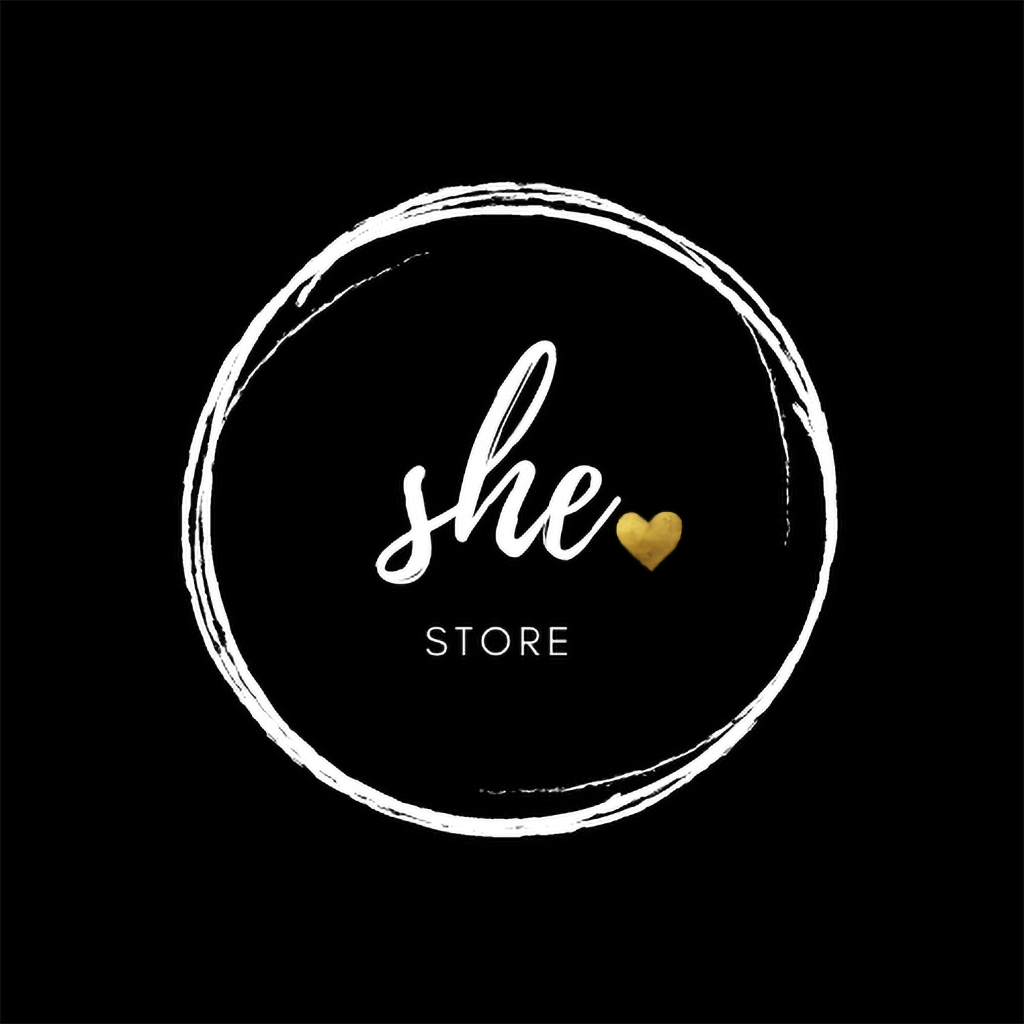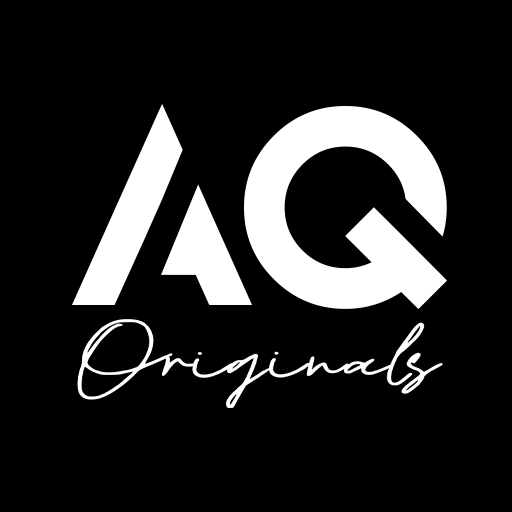[ad_1]

This week Adobe revealed its new Substance 3D software suite which is designed to give creative professionals a comprehensive set of tools for modeling, texturing, and lighting 3D objects and scenes. Built on the foundation of the VR sculpting tool Oculus Medium (which Adobe acquired back in 2019), the Substance 3D Modeler tool aims to make VR modeling an integral part of the suite’s 3D workflow.
Adobe’s new Substance 3D suite is comprised of five apps that work together:
- Substance 3D Stager – Compose and render state-of-the-art 3D scenes in your own virtual studio.
- Substance 3D Painter – Texture 3D models in real time with this industry-standard app.
- Substance 3D Sampler – Create 3D materials and lights in a flash from real-life images.
- Substance 3D Designer – Design parametric 3D assets with full control and infinite possibilities.
- Substance 3D Modeler – Intuitively sculpt 3D models on desktop and in VR
While the first four are available now with the launch of the toolset, the VR-capable Substance 3D Modeler is in a closed beta for the time being. If you’re interested you can sign-up here.
Oculus Medium lead designer Lydia Choy, who transitioned to Adobe in the acquisition, is also playing a leading role in the development of the Substance 3D Modeler. In a video segment about the Substance 3D suite Choy says that Medium will continue to be freely available in the Oculus PC store, but 3D Modeler is a new direction for the project, which is “built on the foundations of Medium, but with a more ambitious vision that’s geared for professional workflow.”
For one, 3D Modeler works with both flat screens and VR, and artists can switch between the two at any point. Users can even use industry-standard stylus input for “prevision and surface-based sculpting,” or pop into VR for intuitive, hands-on modeling that’s designed to feel like working with clay.
“With medium, much of the workflow was focused on the creation of organic and hard-surface objects. For Modeler, we are carrying over this capability but also giving you powerful assembly features,” says Choy. “It will be easy to copy and organize content as instances, so when you edit one of the objects, all of the siblings also change. This is an efficient way to duplicate parts of your creation and add repeating details, assemble complex scenes, or play with variations of your design.”
Further, 3D Modeler is designed for seamless integration into the rest of the Substance 3D toolset.
“Modeler will be the starting point for your [3D] ideas, and from there you will have a smooth transition into the rest of your professional workflow or pipeline. When you are ready to take things further, it will be easy to send your work into [Substance 3D Painter] for texturing and materials, and then for a final render in [Substance 3D Stager], Blender, or another lighting tool of choice. And then over to Photoshop for a final paintover,” Choy explains.
So far we haven’t seen mention of headsets beyond Rift S being supported by Substance 3D Modeler. While Medium was only ever available on the Oculus PC store, now that Adobe acquired the company it’s possible that we’ll see support for non-Oculus headsets too.
On Twitter Choy notes that “the work [on Substance 3D Modeler] is still pretty early, so there will be more news as it progresses.”
[ad_2]
Source link
Sign up for our newsletter now!







